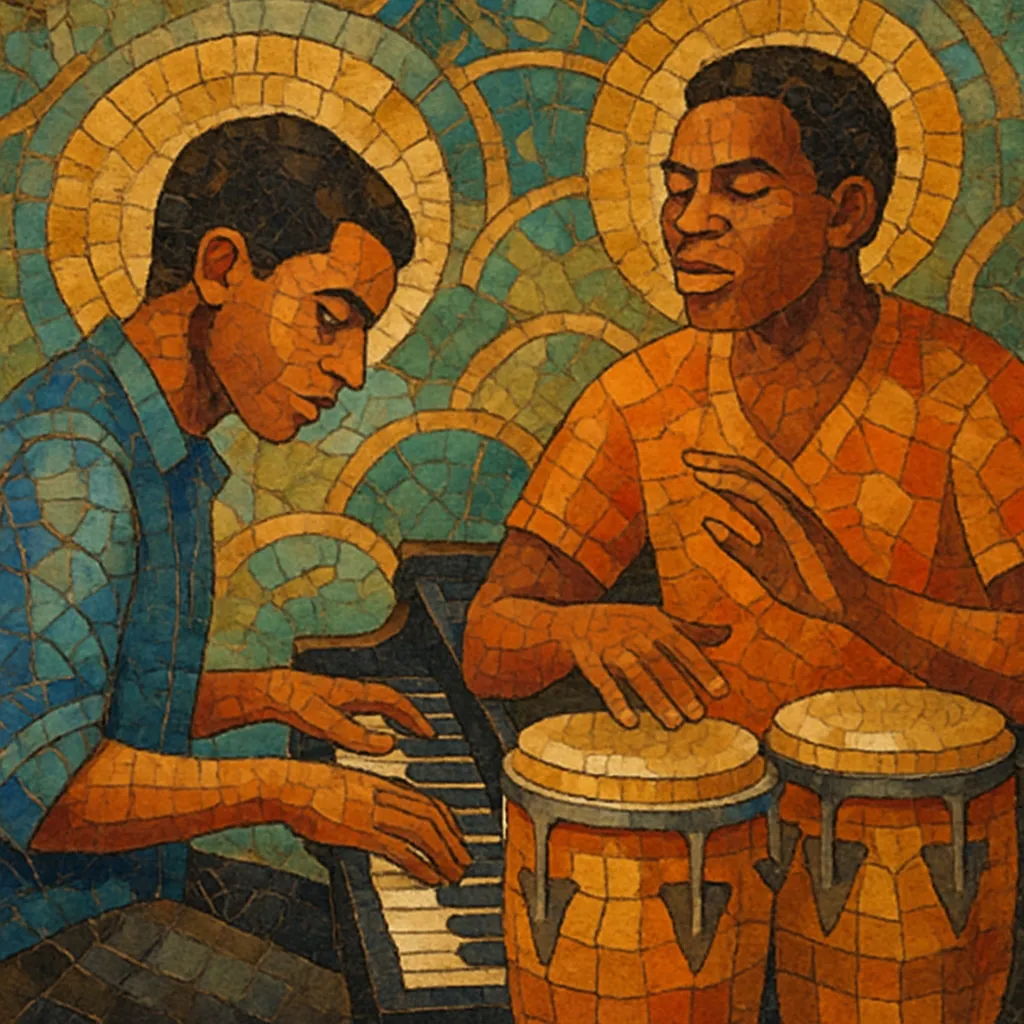Bongopiano is a contemporary Tanzanian fusion that combines the mellow, percussive house grooves of South Africa’s amapiano with the melodic songwriting and Swahili pop/hip‑hop sensibilities of Bongo Flava.
The style typically features log‑drum basslines, swung shaker patterns, airy keys and pads, and prominent hand percussion (bongos/congas), while vocals lean toward catchy, romantic hooks and call‑and‑response choruses. Compared to classic amapiano, bongopiano places stronger emphasis on topline melodies and pop structure, reflecting East Africa’s mainstream taste.
The result is smooth, dance‑friendly music at mid‑tempo, equally at home in clubs and on radio, bridging regional house aesthetics with Tanzanian pop lyricism.
Bongopiano emerged in Tanzania in the early 2020s as amapiano—born in South Africa—swept across the continent. Tanzanian artists and producers began adapting amapiano’s log‑drum bass, shakers, and deep‑house pads to the country’s dominant pop idiom, Bongo Flava. The fusion kept amapiano’s relaxed swing but elevated melodic songwriting and Swahili lyrics, aligning with Tanzanian radio culture and the region’s taste for romantic, ear‑catching hooks.
By the mid‑2020s, the sound had become a recognizable lane in mainstream releases and club sets. Local producers integrated additional East African rhythmic colors (bongos/congas and coastal grooves) and pop structures (intro–verse–pre–hook–hook formats) to create a version of amapiano tailored for East African audiences. Social media, dance challenges, and cross‑border collaborations accelerated its visibility, positioning bongopiano as a flagship East African take on the amapiano wave.
Core traits include mid‑tempo BPMs (~110–115), swung percussion, spacious chords, and melodic, autotune‑polished vocals in Swahili and regional vernaculars. The ecosystem is driven by singer‑songwriters, DJ/producers, and urban labels that specialize in Bongo Flava but now routinely commission bongopiano mixes and remixes, cementing the style’s place in the region’s pop landscape.


